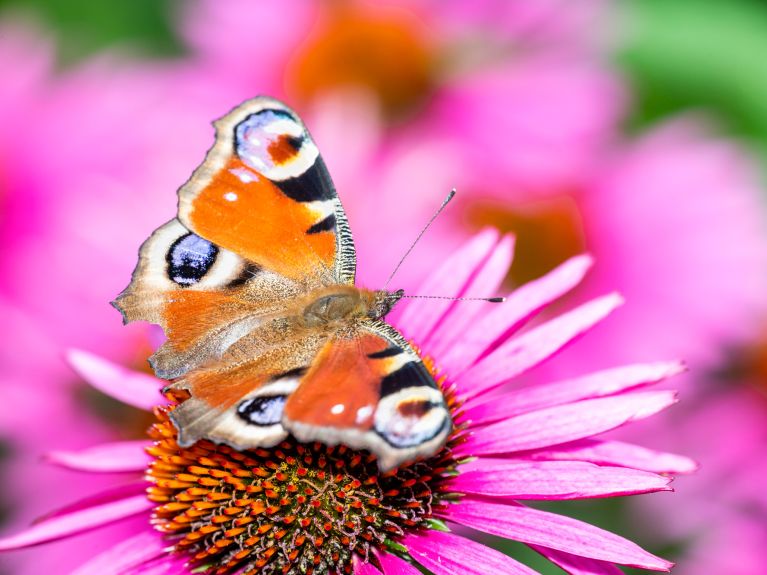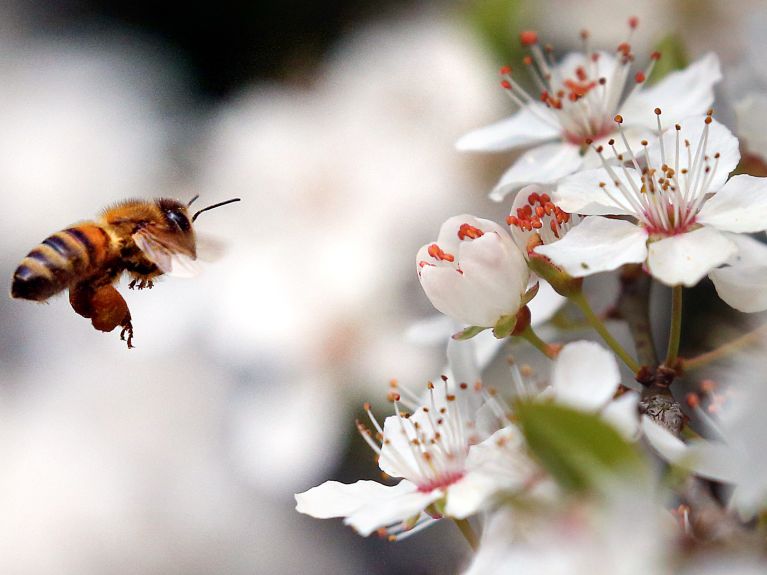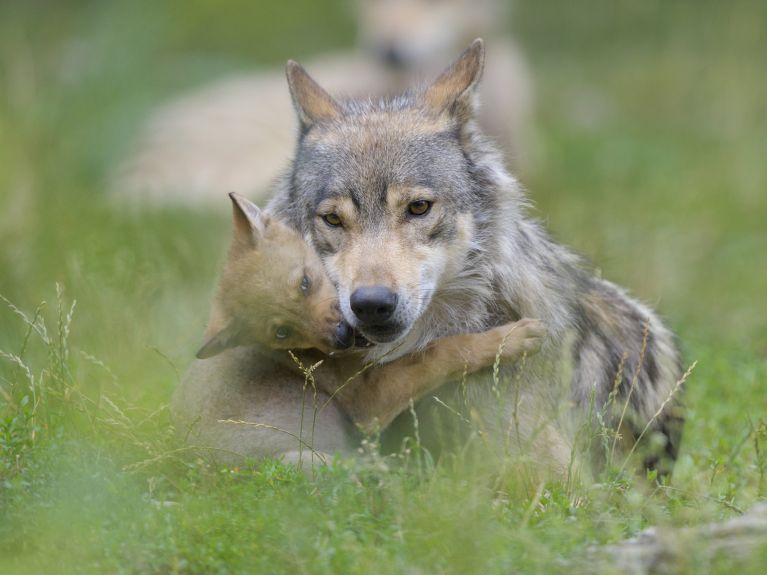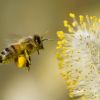9 facts about species protection
How many animal species are there, and where is the largest nature reserve? Nine fascinating facts about biodiversity in Germany.

1. In Germany there are about 48,000 animal species, 10,300 plant species and 14,400 mushroom varieties. The most widespread species are insects with around 33,000 varieties. They account for about 70 per cent of all living creatures on earth.
2. 35 per cent of native animal species and 26 per cent of plant species in Germany are endangered. This is mainly due to agriculture. About 50 per cent of the area of Germany is used for agriculture.

3. Flying insects have been particularly hard hit: Over the past 30 years their population has decreased by 77 per cent. 80 per cent of wild plants and numerous crop plants rely on them for pollination. 60 per cent of birds are dependent on insects as a source of food.
4. In order to counteract species extinction, Germany is committed to greater species protection. That is why Germany has more than 8,000 conservation areas. Together they cover a combined area of 2,627,510 hectares, in other words 6.3 per cent of Germany’s total area.
5. The largest conservation area lies mainly in the sea. It is the Sylt Outer Reef Special Area of Conservation (SAC) in the North Sea covering 560,300 hectares. It is seen as a key area of marine species diversity in the North Sea and is home to numerous types of fish and marine mammals. The Eastern German Bight is the source of food for many endangered marine birds. And they also use the area for wintering, moulting, transit and resting.
6. Each year Germany invests around 790 million euros in climate, nature and environmental protection.
7. In 1973 Germany was among the first countries to sign the Convention on International Trade in Endangered Species of Wild Fauna and Flora (CITES). It aims to protect endangered animals and plants and currently includes 5,800 animal and 30,000 plant species. Up to now, 183 parties (around 95 per cent of all states) have signed the convention.

8. Germany’s engagement is already producing results. Sea Eagles, Black Storks and seals were on the verge of extinction. As a result of species protection measures they are gradually recovering in Germany. Other species are returning and re-establishing themselves, for instance wolves.
9. There are currently 128 wolf packs, 35 pairs and 10 territorial individuals in Germany. The largest numbers of wolves are in Saxony, Brandenburg, Saxony-Anhalt, Mecklenburg-Western Pomerania and Lower Saxony.
You would like to receive regular information about Germany? Subscribe here:


